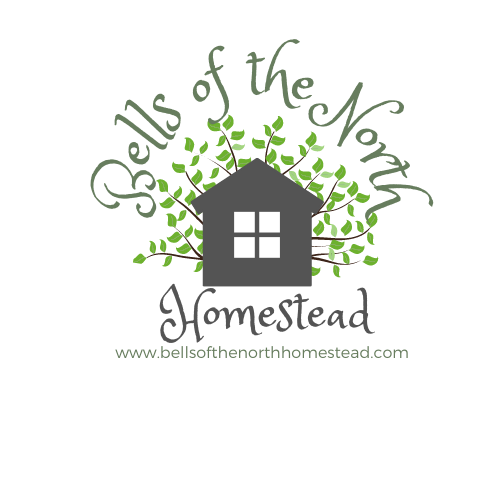Basics on Composting & The Benefits of Compost Tea
This past winter we discovered compost tea. I have to admit, when I first heard of it my very first thought was “OOOHH GROSS!” After a bit of research though and hearing lots of good things about it, I decided to give it a try. So I went to Youtube like I almost always do to scout out people who are familiar with it. I was lucky enough to almost immediately find this video from Ray at Youtube.
Cardboard, shredded
Corn stalks
Fruit waste (no citrus)
Leaves
Newspaper, shredded
Peanut shells
Pine needles
Sawdust
Straw
Wood chips
Here’s a list of high Nitrogen items you can compost.
Clover
Coffee grounds
Food waste (no onions)
Garden waste
Grass clippings
Hay
Manures (no human or pet feces. It might contain diseases that could be transmitted to humans. Livestock manure is acceptable)
Seaweed
Vegetable scraps
Weeds (personally I do NOT throw weeds into my compost. I have found sometimes they’ll take root in the compost and then spread later on when I start mixing the compost into the soil)
The trick here is to make sure your Carbon-Nitrogen ratio is balanced. You should have approximately 25 parts carbon to 1 part nitrogen. Too much Carbon (aka newspapers, cardboard, leaves) and your compost slows down on production. Too much Nitrogen (vegetable scraps, coffee grounds) and you get a nice stinky pile of wet, fruit fly attracting compost. So note to self, from now on when we get our newspaper take out the shiny advertisement pages, shred the newspaper and throw it into the compost.
One problem that I remember we had last year was also that our compost bin is really small. All it actually is, is a cheap trashcan with a lid with holes drilled in the sides.
This has left me pondering other methods as well to use up some of our kitchen scraps, newpapers, cardboard cereal boxes, etc. I really don’t want to increase the size of our compost bin simply because we don’t have room for much more.
I have recently come up with a solution that hubby and I both feel might really work for us! Vermicomposting! Vermicomposting= the product of composting utilizing various species of worms, usually red wigglers, white worms, and earthworms to create a heterogeneous mixture of decomposing vegetable or food waste, bedding materials, and vermicast. Vermicast, also known as worm castings, worm humus or worm manure, is the end-product of the breakdown of organic matter by species ofearthworm.[19]
So as of Friday or Saturday I will become the proud owner of 250 Red Wigglers! Keep a lookout for that blog as I’ll be posting the progress of my new little pets!
| Please excuse the bluriness of the photo. My camera is starting to act up! |


